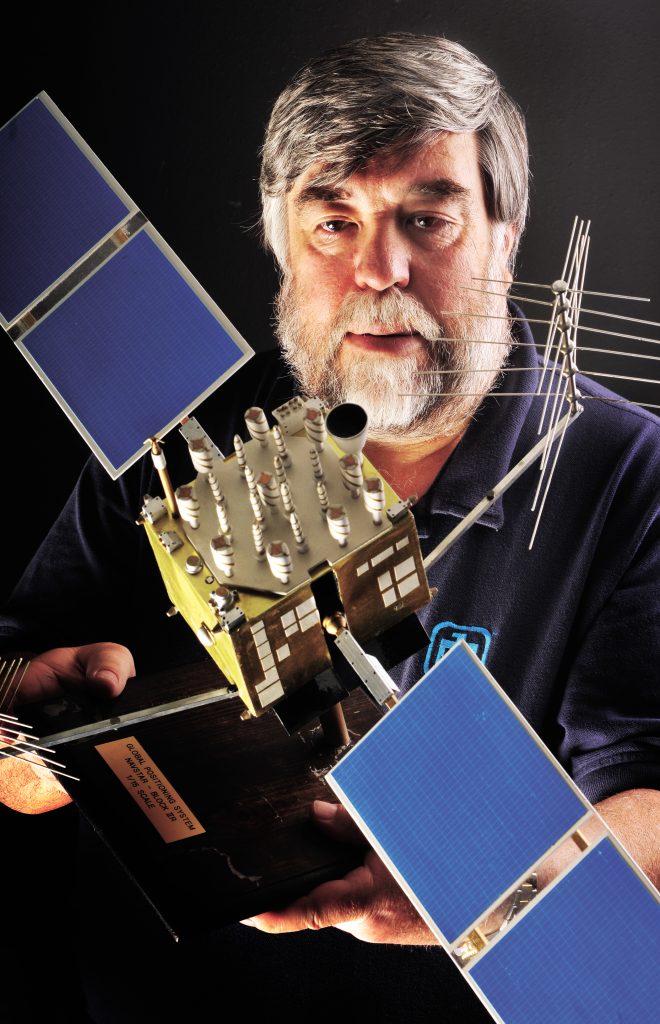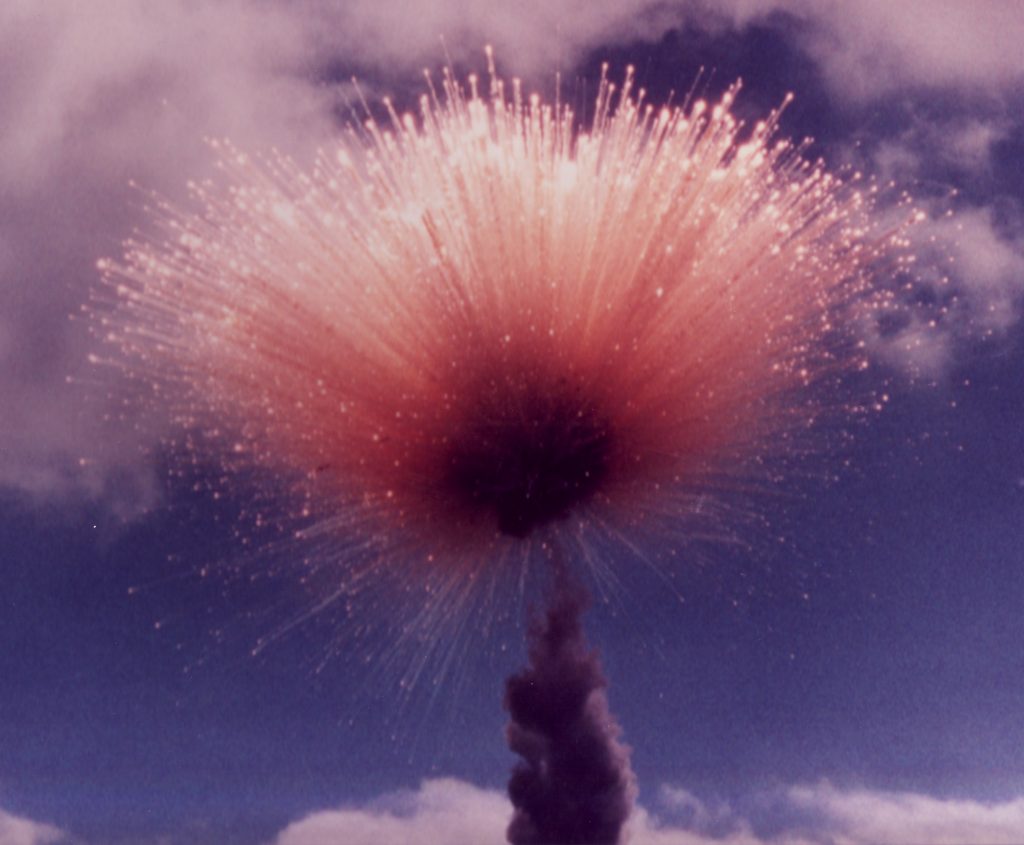
ALBUQUERQUE, N.M. — Imagine you’re in charge of a collection of sensors, flying in formation on one of 31 U.S. Air Force satellites in medium Earth orbit.
The satellite itself is part of the Air Force’s Global Positioning System, which lets truckers, hunters, and lost city drivers know exactly where they are.
But from your point of view, the satellites are perfect platforms for a collection of sensors to detect and triangulate airborne or space-based nuclear explosions anywhere they may occur.
In the past, of course, detection has been no problem — there haven’t been any above-ground explosions for decades.
On the other hand, there could be one anytime. And the country that did it might deny doing it if its leaders didn’t believe the U.S. could track it.
So sensors have to be ready to detect a real explosion, and do so through a forest of potential false alarms: There are lightning bolts that occur more than once per second, energetic particles from the Van Allen radiation belt that collide with electronics on the satellite, a welter of “noise” from cell phone communications, and meteors.
Sandia — a National Nuclear Security Administration laboratory — has a long history of developing components of the nuclear detonation detection system, in cooperation with the U.S. Air Force.
“What was tricky in the early sensor placements,” says Sandia National Laboratories project chief engineer Steve Yearout, “is that we did not have a good idea what our observations of the environment would look like from the standpoint of space. Looking at Earth with sensors was new and not well understood — the background noise, the clutter.”
Yearout speaks from experience. No matter which GPS satellite the sensors fly on, he has been there to turn them on and test their responses in the sky. He’s overseen an average of two payload launches a year for the past 25 years, packaged in boxes that resemble several small suitcases.
Sandia provides optical and electromagnetic pulse (EMP) sensors, radio frequency equipment, and the main processors that coordinate all commands, as well as return sensor output back to ground. Los Alamos National Laboratory provides X-ray and particle detectors.

“We also have a state-of-health telemetry system that allows us to see how our system is functioning,” says Yearout.
Perfectly synchronized atomic clocks on all satellites mean that telemetry, geometry, and computer programs working together can accurately define the position of any point of interest, whether a lightning bolt or a nuclear explosion.
Difficult as it is to test equipment without the environment in which it will be used, the Sandia group’s sensor packages have performed exceptionally well over the years.
This success includes surviving one faulty rocket that exploded on takeoff in the 1980s. A number of the sensors survived and were still operable. “We build pretty good stuff,” says Yearout.
The next launch is scheduled for October.
Funding and oversight for the development, construction, and on-orbit support of the sensors is provided for by the Office of Nonproliferation Research and Development in the National Nuclear Security Administration (NNSA).
The sensor components are delivered by Sandia to an Air Force contractor, either Boeing or Lockheed Martin, to integrate onto the GPS satellite package. The Air Force launches GPS satellites from Cape Canaveral, Florida, and then, once in orbit, the sensor components are switched on remotely by Yearout and his teammates from Sandia, LANL, and the U.S. Air Force.

